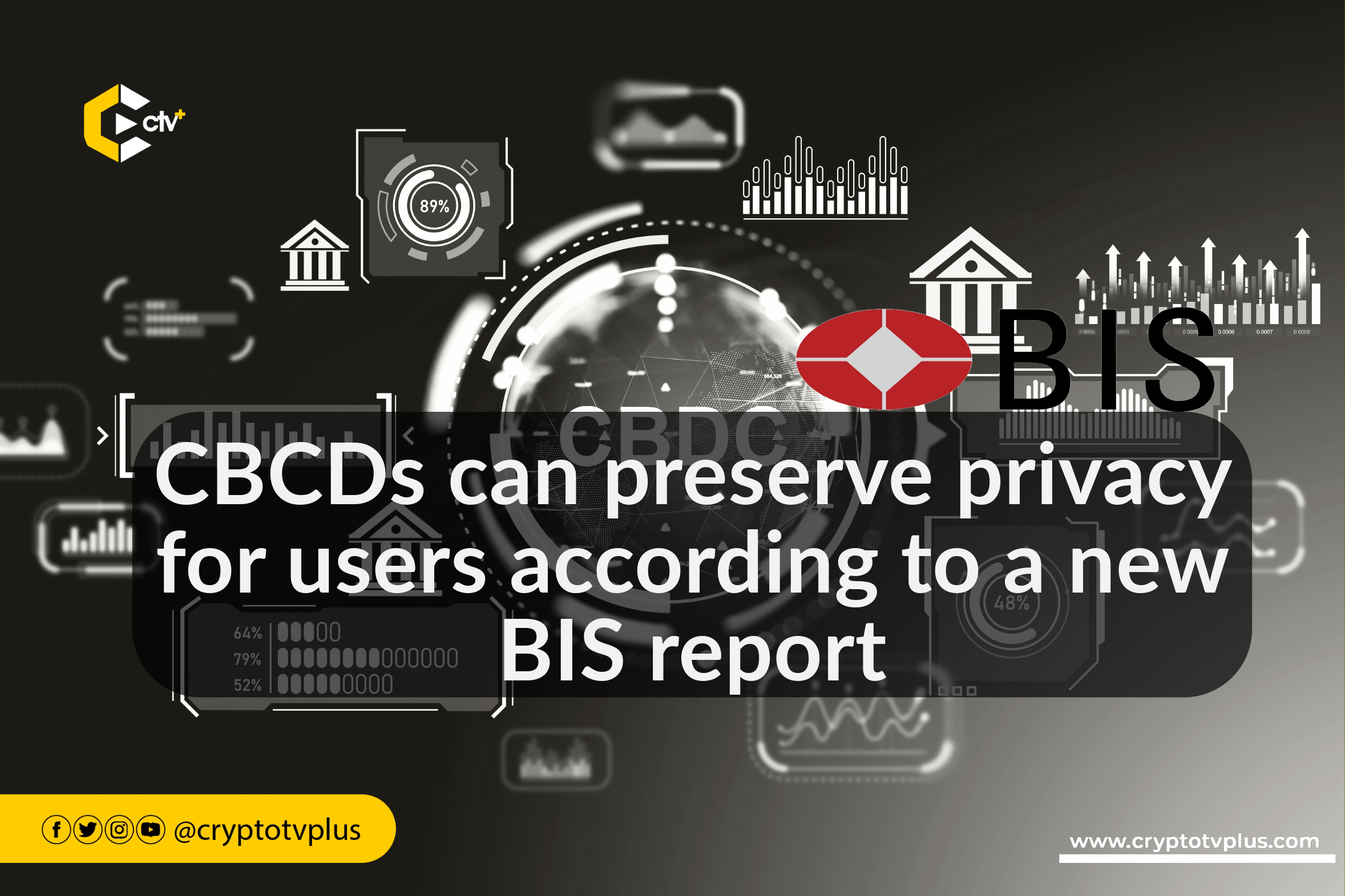News
CBCDs can preserve privacy for users according to a new BIS report

BIS has released a report showing that CBDCs can preserve privacy for users making it as effective as cash. According to the organization, public consultations conducted by central banks on retail central bank digital currencies (CBDCs) have revealed that privacy is a key requirement for users. A Central Bank Digital Currency (CBDC) is a state-issued digital form of fiat currency. It offers privacy, transferability, convenience, accessibility, and financial security. CBDCs are still in the research and development stages for most banks.
Finding a balance between privacy and other important public policy objectives such as anti-money laundering, combating the financing of terrorism (AML/CFT), and countering tax evasion is crucial. This finding emerged from Project Tourbillon, an innovative initiative aimed at addressing the changing landscape of CBDCs. The project introduces a new privacy paradigm focused on “payer anonymity.”
The BIS explains that this means when a consumer conducts a transaction using CBDCs, their personal information remains undisclosed to all parties involved, including the merchant, banks, and the central bank.
The BIS and details of the project
The Bank for International Settlements (BIS) is a financial institution owned by 63 national central banks. Its goal is to foster international monetary cooperation and provide services to central banks. Established in 1930 in Basel, Switzerland, its role has evolved to promote global stability. The BIS also experiments with Central Bank Digital Currencies (CBDCs) to drive digital transformation in finance.
BIS added that in its innovative approach, the identity of the merchant is disclosed to the merchant’s bank as part of the payment process but is kept confidential there. The central bank, while not privy to personal payment data, can monitor CBDC circulation at an aggregate level.
Additionally, Project Tourbillon focuses on three core features: privacy (payer anonymity), security (quantum-safe cryptography), and scalability. Two prototypes, eCash 1.0 (EC1) and eCash 2.0 (EC2), were meticulously developed to evaluate the trade-offs between these features.
The project demonstrated that achieving payer anonymity is feasible. Both prototypes proved to be scalable, handling a growing number of transactions effectively. However, the implementation of quantum-safe cryptography posed challenges, showing slower performance and limited functionality compared to classic cryptography.
Project Tourbillon serves as an initial exploration into privacy, security, and scalability within an eCash CBDC design. Future work is categorized into three areas: advancing quantum-safe cryptography for easier implementation, enhancing design for improved speed and functionality, and addressing viability through sustainable business models.
Read also; IMF, World Bank, and BIS collaborate on tokenization for financial innovation












